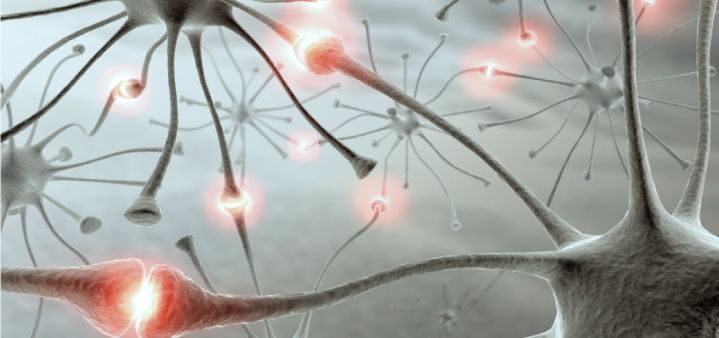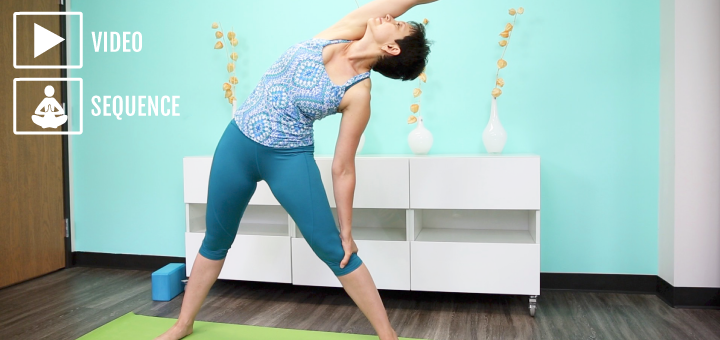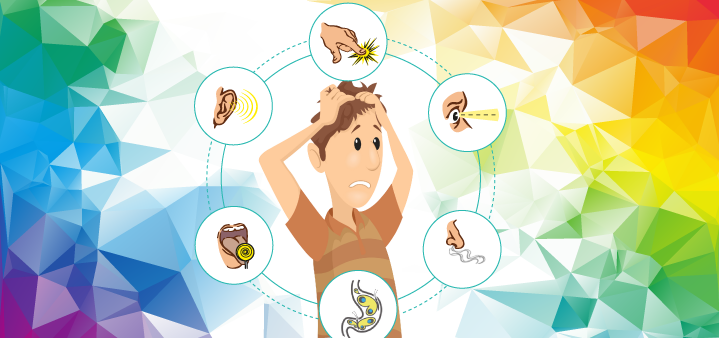Is there a difference between pain and suffering? Insights from Patanjali

When it comes to dealing with chronic pain, we have to differentiate between pain and suffering. Pain is the actual physical /physiological response to the triggering injury or illness. It is rooted in the body. It is often accompanied with or followed by suffering. Suffering is how your brain perceives your pain based on your past experience and future expectations and fears. It is rooted in the mind. There can be pain with no suffering and suffering with no pain. Suffering can be present long after the actual tissue injury has healed. Suffering and pain feel the same.
The beauty of yoga is that it can address the pain/suffering duo on different levels of the system. We already discussed how to deal with pain on the physical and physiological levels, and now we move to the Manomaya level (intellectual mind) as we enter the realm of suffering.
The intellectual mind has tremendous power to influence the entire system. It is responsible for
- Directing and maintaining attention
- Making educated choices
- Acquiring knowledge (learning)
- Retaining information (memory)
Science tells us that, in many cases, chronic pain can be described as “misguided learning” that is based on memories of past experiences, so it is essential that we address chronic pain on the Manomaya level. But while science offers us a lot of information on how the brain chooses to interpret pain signals, it has limited information on how to deal with it. The entire tradition of yoga, on the other hand, is dedicated to this exact topic. It teaches us how to diminish human suffering.
You’ve probably heard of the fundamental yogic text – Patanjali’s Yoga Sutras. You probably even studied some ideas from it relative to the eight limbs of yoga. Yet, this text is SOOO much more than just yamas and niyamas. It is sometimes called “the psychology of yoga,” and it describes in great detail how our minds work. It also offers a road map that we can use to change our thought patterns and live happier, more fulfilling lives. After one of my students attended a 10-week yoga program dedicated to the first chapter of the yoga sutras, he exclaimed, “Five years of mental health therapy – I should have just read the sutras!”
Potent with meaning and also open to interpretation, Patanjali’s Yoga Sutras can be applied to many aspects of our experience, including chronic pain. In recent years, developments in neuroscience have confirmed and expanded on the ideas that were presented by Patanjali hundreds of years ago. We can apply some of his insights to any kind of chronic pain (physical, physiological, mental, emotional, and spiritual).
- We can look at five types of mental activities – what they are and how they affect our perception of pain
- We can ask a question – is your lower back pain (or any other physical pain) just about your body, or is it pointing to something deeper, some sort of inner obstacle that you have bumped up against? If so, what kind of obstacles are there, and how can we overcome them?
- If the mind becomes conditioned to react to the smallest sensation with a full-blown pain response, how can we reverse this pattern? Modern science calls it “cognitive reframing,” and yoga tradition calls it “pratipaksha bhavana,” but it is the same strategy for dealing with an overreactive mind.
We can address the physical aspect of pain with yoga poses all we want, and we might even help our students find temporary relief. But unless they address the underlying perceptions of their own pain and suffering and learn how to manage those, the next pain episode might knock them off their feet again. Once they begin to understand the inner workings of the mind that lead to suffering, they will be able to find lasting relief and deal with whatever issues arise more effectively.

How to work with chronic pain on the level of the mind (Manomaya)










Hello Olga,
Are you teaching again? I miss you and your yoga classes so much. Any chance you will be moving back this way again? I would also like to learn more about that 12 week Yoga Sutra class on managing pain. Hope this message finds you well.
Cecelia.
Hi Cecelia, it’s so nice to hear from you! I miss teaching in-depth yoga classes so much. I am still in Michigan but considering different options for next year 🙂 Will let you know what happens. Hope all is well with you!
Wonderful. I love and teach the yogasutra.